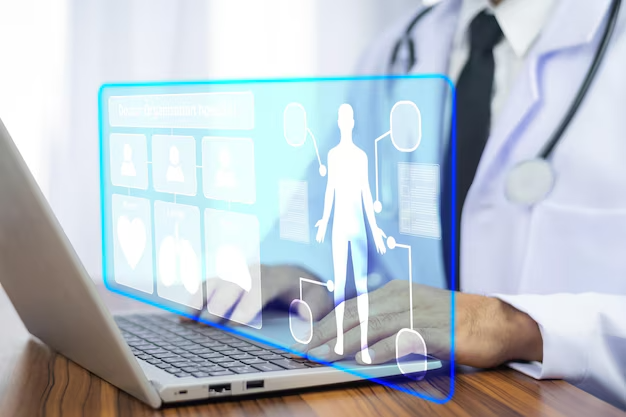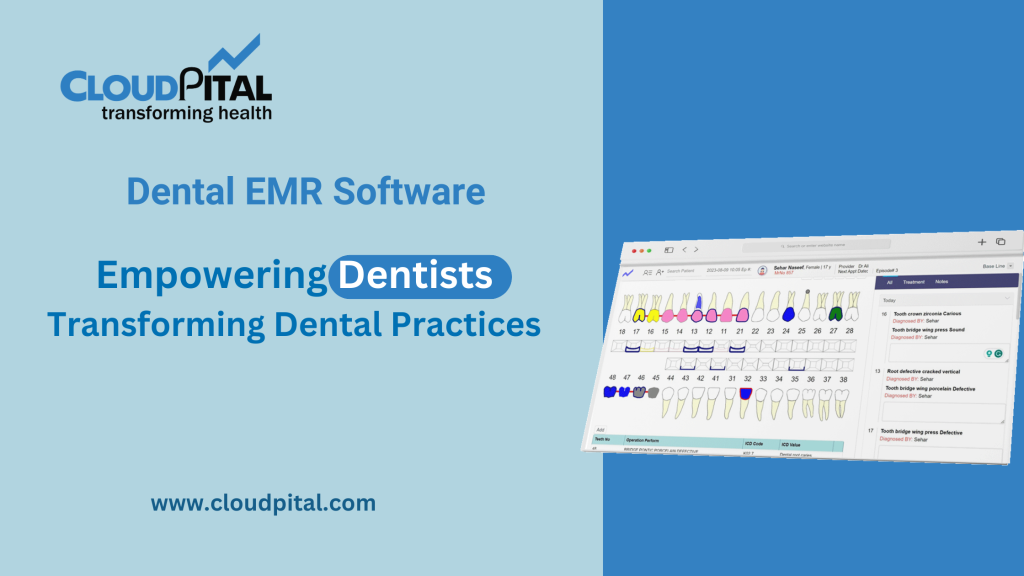Cloudpital # 1 is one of the top Hospital Software in Saudi Arabia the healthcare sector is adapting very quickly to embracing technology that not only increases patient care but also provider ease. The most important change in the past few years has been moving toward remote hospital system access. The COVID-19 pandemic accelerated this shift, compelling hospitals and clinics to seek out flexible digital options that enable medical professionals to access information and deliver care remotely. But the question remains—can physicians utilize hospital software remotely? And the answer is a conclusive yes.
Click to Start Whatsapp Chatbot with Sales
Mobile: +966547315697
Email: sales@bilytica.com
Cloudpital # 1 Hospital Software in Saudi Arabia

The Transformation of Hospital Software
Hospital Software in Saudi Arabia which previously was confined to in-facility networks and desktops, has experienced enormous transformation in the last ten years. At the beginning, systems in most hospitals were installed locally on servers, meaning that it was limited to devices in the facility. Due to the expansion of cloud computing and mobile technology, software companies started to make solutions available on secure web portals and dedicated apps.
What Can Physicians Do Remotely with Hospital Software?
Remote access to hospital software is not merely viewing patient data. Physicians can execute a host of tasks from almost anywhere:
Access Electronic Medical Records (EMR)
Physicians can browse patient histories, progress notes, lab results, imaging reports, and prescriptions. This is particularly valuable during on-call time or reviewing cases outside one’s regular shift.
Write and Send E-Prescriptions
The majority of hospital software platforms enable physicians to compose and send prescriptions digitally. Remote prescribing delivers better patient care by decreasing wait times and eliminating the necessity for office visits for normal medications.
Consultation and Telemedicine
Physicians can utilize integrated video conferencing capabilities to provide virtual consultations, evaluate patient symptoms, and offer treatment options. This is especially beneficial for rural or underserved communities.
Update Patient Notes
Following phone calls or e-visits, physicians can instantly update the patient’s chart for continuity of care and proper documentation.
Order Tests and View Results
Physicians can order diagnostic tests and see results in real time. Many systems provide notification or alerts for important lab results, allowing timely interventions.
Communicate with the Care Team
Integrated messaging applications enable physicians to communicate with nurses, laboratory technicians, and other experts to synchronize care, provide updates, or clarify treatment strategies.
Advantages of Remote Access to Physicians
Remote access to hospital software provides a broad range of benefits to medical professionals, medical institutions, and patients as well.
Greater Flexibility
Physicians are no longer bound to a hospital workstation. This mobility enhances work-life balance and facilitates physicians’ ability to balance their duties.
Quicker Decision-Making
With immediate access to patient information and test results, physicians can make quick decisions—even when they’re not in the hospital. This quick response can be life-saving in emergencies.
Enhanced Collaboration
Remote access Hospital Software in Saudi Arabia interaction between medical specialists. Experts anywhere can advise and exchange information in real time.
Improved Continuity of Care
Physicians remain attuned to the care of patients irrespective of place, reducing communication failures or lag in treatment.
Integration of Telemedicine
Virtual care requires remote access. Telemedicine software is built on the fact that physicians would have safe, real-time access to patient history and treatment applications.

Security Considerations for Remote Use
Granting access to sensitive patient data from a remote location raises genuine concerns regarding privacy and data security. Dental Software in Saudi Arabia providers, therefore, have incorporated strong security controls to safeguard both the data and users.
Secure Logins and Authentication
Physicians have to log in via encrypted portals, frequently by using multi-factor authentication (MFA) to authenticate themselves.
End-to-End Encryption
Information sent between the hospital software and the physician’s device is encrypted to avoid unauthorized interception.
Role-Based Access Controls
All users are not allowed access to all information. Role-based authorizations guarantee that physicians view only what is applicable to their specialty or case.
Audit Trails
All access, edits, or actions by a remote user are tracked in an audit trail for compliance and accountability.
Mobile Device Management (MDM)
Hospitals can use MDM tools to control access on mobile devices, such as the capacity to remotely wipe data in case a device is lost or stolen.
How CloudPital Facilitates Remote Access
CloudPital, one of the best cloud-based hospital and clinic management software, is built with accessibility and mobility in mind. It provides:
Browser-Based Access: Physicians can log in securely from any internet-enabled device.
Mobile App Integration: Patient management, e-prescription, scheduling, and telemedicine are some of the features.
Real-Time Syncing: All remotely made updates are synchronized throughout the system in real-time, allowing everyone to work with the latest data.
Detailed Dashboard: Doctors can handle their appointments, patient interactions, and documentation from one dashboard, even when they are off-site.
CloudPital is compliant with global data protection laws, which makes it a secure solution for remote access in healthcare.
Challenges of Using Hospital Software Remotely
While remote access offers numerous benefits, it also has some challenges:
Internet Connectivity
There needs to be good internet connectivity. In low-connectivity areas, physicians will experience delays while accessing essential information.
User Training
All medical professionals may not be technologically advanced. Training needs to be undertaken to make physicians familiar with the use of software from a distance.
Device Compatibility
The software needs to be compatible with multiple devices and operating systems to facilitate easy access.
Security Compliance
Maintaining HIPAA (USA), GDPR (Europe), or other in-country compliance standards is an ongoing task that needs to be constantly checked and updated.
Trends in Remote Hospital Software Use in the Future
In the future, remote access healthcare software has the potential and will likely comprise:
AI-Assisted Clinical Support: AI functionalities that support physicians with diagnosis and treatment plans remotely.
Offline Access: Mobile EHR who are in remote areas will have cached data available to them, with an automatic sync when online.
Wearable Device Integration: Real-time synchronization of patient data from wearables to the EMR for remote monitoring.
Augmented Reality (AR): For remote training or virtual attendance in surgeries or procedures.
These technologies will make remote access not only a convenient choice, but an integral part of daily medical practice.
Conclusion
So, may doctors remotely access hospital software? Absolutely. Thanks to innovation in cloud computing, mobile technology, and cybersecurity, remote access is now a norm in most contemporary hospital software systems. Products like CloudPital enable doctors to provide quality care irrespective of geographical location, enhancing responsiveness, collaboration, and patient outcomes.
As the healthcare system embraces technology, remote access will become even more crucial. Hospitals and clinics that adopt remote-friendly software put themselves at the forefront of innovation—and offer flexible, efficient, and patient-centered care in a world that is increasingly connected.
Click to Start Whatsapp Chatbot with Sales
Mobile: +966547315697
Email: sales@bilytica.com
Can Doctors Use Hospital Software in Saudi Arabia Remotely? similar software solutions prices were updated on 2025-05-01T00:43:35+00:00 in Saudi Arabia in Mecca, Medina, Riyadh, Khamis Mushait, Yanbu, Jeddah, Dammam, Unaizah, Uqair, Ha’il, Ta if, Al Bahah, Dhahran, King Abdullah Economic City, Najran, Diriyah, Qatif, Khafji, Jubail, Abqaiq, List of Cities and Towns in Saudi Arabia, Ras Tanura, Turubah, Jazan Economic City, Knowledge Economic City, Medina, Khobar, Abha, Tabuk, Saudi Arabia, similar software solutions prices were updated on 2025-05-01T00:43:35+00:00 We also provide in Saudi Arabia services solutions company in Hafar Al-Batin, Udhailiyah, Al-Awamiyah, Hofuf, Hautat Sudair, Buraidah, Tayma, Duba, ‘uyayna, Saihat, Al-Kharj, Al-ula, Jizan, Rumailah, Ar Rass, Arar, Shaybah, Al Majma’ah, Rabigh, Dhurma, Haradh, List of Saudi Cities by Gdp Per Capita, Badr, Sudair Industrial City, Baljurashi, Shaqraa, Al-Khutt, Habala, Ad Dawadimi, Dawadmi, Layla, similar software solutions prices were updated on 2025-05-01T00:43:35+00:00 Price is SAR 100 and this was updated on updated on 2025-05-01T00:43:35+00:00 similar Can Doctors Use Hospital Software in Saudi Arabia Remotely? software solutions prices were updated on 2025-05-01T00:43:35+00:00 in Saudi Arabia in Haql, Afif, Al-Abwa, Farasan, Al-Jaroudiya, Thadig, Al-Thuqbah, Al Wajh, Almardmah, Al-Zilfi, Muzahmiyya, Prince Abdul Aziz Bin Mousaed Economic City, Tharmada’a, Skaka, Um Al-Sahek, Sharurah, Tanomah, Bisha, Dahaban, Al Qunfudhah, Qurayyat, Saudi Arabia, Ha’ir, as Sulayyil, Al Lith, Turaif, Al-Gway’iyyah, Samtah, Wadi Ad-Dawasir, Az Zaimah, Safwa City, Jalajil, Harmah, Mastoorah, Hotat Bani Tamim, Jabal Umm Al Ru’us, Rafha, Qaisumah, Al-Ghat, Hajrah, Al-Hareeq. Excerpt: Jeddah (also spelled Jiddah, Jidda, or Jedda; Arabic: Jidda) is a Saudi Arabian city located on the coast of the Red Sea and is the major urban center of western Saudi Arabia similar software solutions prices were updated on 2025-05-01T00:43:35+00:00 Price is SAR 100 and this was updated on updated on 2025-05-01T00:43:35+00:00



